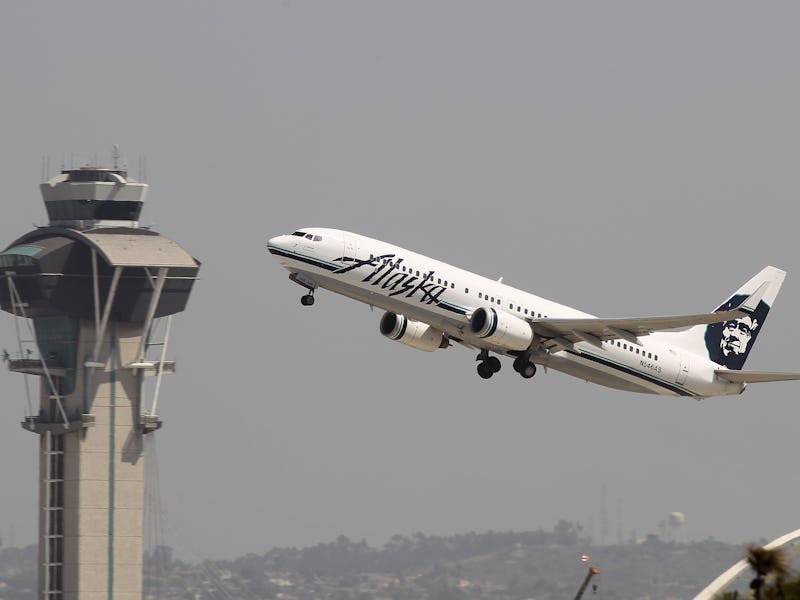Trump's Plan to Kill Rural Air Travel Would Hurt His Voters Most

President Trump unveiled his budget blueprint Thursday morning, and as expected, it reveals plans to make cuts to a number of programs. Set for the chopping block is the Department of Transportation’s Essential Air Service, a federal program that guarantees scheduled air service to a number of remote communities, with savings expected of $175 million. It’s going to be a tough sell to the electorate, though, as many of Trump’s biggest supporters also benefit from the service.
As of June 2015, the program provided subsidized air travel to 159 communities. Of that figure, 44 communities were in Alaska. The state overwhelmingly benefits from the program, and it leans Republican. In the 2016 election, 51.3 percent voted for Trump, 44.3 percent voted for Lisa Murkowski as state senator and 50.32 voted Don Young to the House of Representatives. Cordova, which along with Gustavus and Yakakut received $4,827,052 in annual subsidies from 2013 to 2015 for Alaska Airlines service, voted 54 percent for Trump. It’s a pattern repeated across the service: Arizona, with three subsidized communities, voted 49 percent for Trump.
The service has an interesting history, dating back to the Airline Deregulation Act of 1978. The act gave airlines the ability to choose who to serve and how much to charge, but Congress was worried that this new-found freedom would mean communities that require air services that are largely unprofitable would lose out.
Congress has aimed to keep the program’s budget under control, like removing support for communities within a certain driving distance of a major airport, but per-passenger subsidies can still reach over $900 in some cases where flights have a small number of passengers. In Alaska, the service has no minimum figure for the number of passengers needed per flight, so the service does not collect total passenger figures.
An Alaska Airlines jet passes the air traffic control tower at Los Angles International Airport (LAX).
Trump has said before he’s looking for a “list of wasteful spending projects that we can eliminate in my first 100 days,” and the service has been listed again and again by small government outlets as one ripe for elimination. The administration’s blueprint states that communities supported by the service could be served by other modes of transport.
“If local governments and businesses want to improve local air service, they should fund it themselves,” the Cato Institute said in February.
But whether the service will actually find itself axed is another matter. There are the messy political optics of cutting essential services for constituents; it’s also unclear if there’s an overwhelming appetite in the Republican-controlled Congress to go through with it. Indeed, both Murkowski and Young said they would fight as hard as they can to stop cuts to the service.
“It would basically shut down rural Alaska,” Murkowski told The Hill. “If there is discussion about that, we as the Alaska delegation really have to ramp it up and let people know how critical it is. This is not a nice to have, it’s a must have.”
Here’s the official language in the budget, officially called “America First: A Budget Blueprint to Make America Great Again.”
Eliminates funding for the Essential Air Service (EAS) program, which was originally conceived of as a temporary program nearly 40 years ago to provide subsidized commercial air service to rural airports. EAS flights are not full and have high subsidy costs per passenger. Several EAS-eligible communities are relatively close to major airports, and communities that have EAS could be served by other existing modes of transportation. This proposal would result in a discretionary savings of $175 million from the 2017 annualized CR level.